Solid Surface Countertop; Why Do You Need It?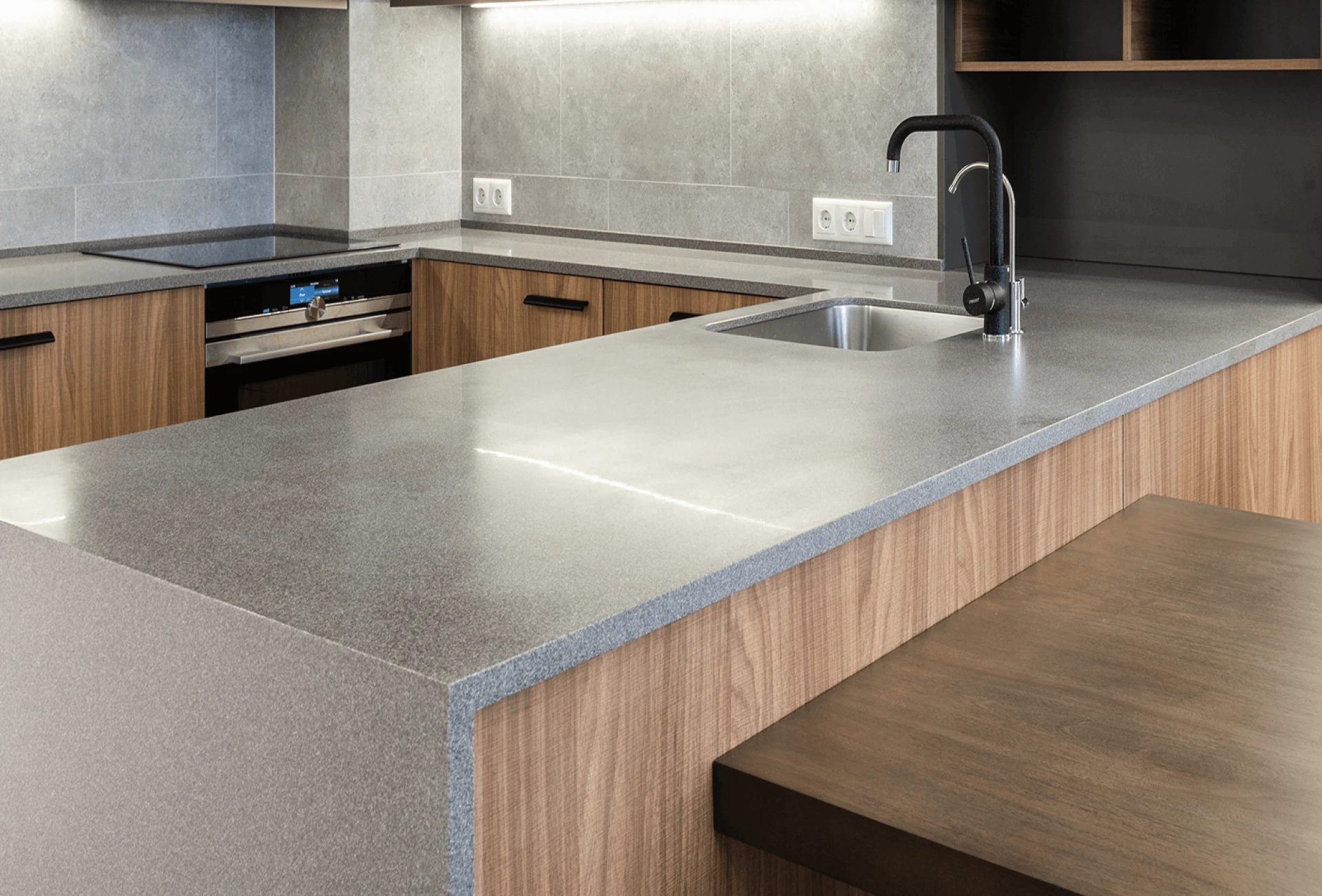
Solid surface countertop are an excellent choice for busy kitchens since they are stylish, nonporous, and easy to clean. The tough surface is resistant to heat and stains, and any marks may be polished out. Solid surface counters are ideal for food prep areas due to their resistance to mould and mildew.
How is a Solid Surface Made?
Filler
Aluminum Trihydrate (ATH) is a natural mineral similar to stone dust that takes the shape of white powder and adds tensile strength to the final product on a solid surface. This tensile strength is what enables solid surface products to withstand loads without buckling.
Binder
The most frequent binder used in solid surfaces is resin. This results in a more durable Thermo moldable solid surface sheet. Polyester resin, which produces a slightly more brittle solid surface sheet with a glass-like gloss, can also be utilised.
Particulates
Particulates are various-sized solid surface chips that are introduced into the mix to create patterns or designs in the final product. Particulates provide an almost infinite range of designs and textures, including the imitation of natural stone surfaces.
Pigment
Colour is created by adding pigments to the mix. There are practically endless colour options for solid surfaces due to a large number of pigments and millions of colour combinations. Each manufacturer provides a range of standard colour selections to assist in controlling costs and production. Certain colours can be closely matched between solid surface manufacturers.
Solid Surface Uses: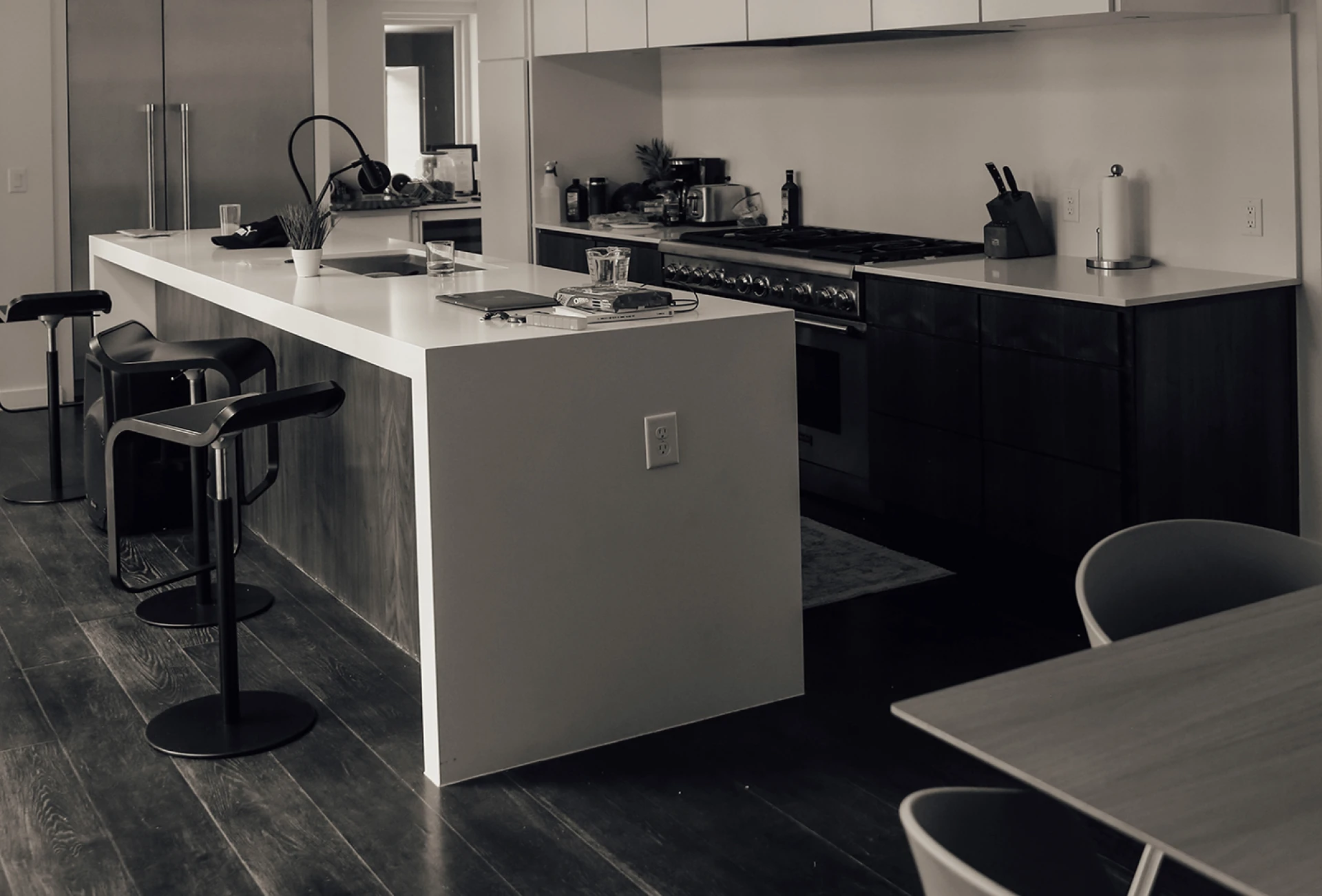
- Because of its stain resistance, non-porous qualities, and ease of care, it is generally used for kitchen counters, bench tops, and table tops.
- It is popular in hospital interiors because it offers a joint-free seamless surface with no gaps that does not enable bacteria to develop and is easy to clean.
- It is resistant to environmental pollution, humidity, and weather, and hence finds usage in outdoor parks, public seats, and playgrounds.
- Because of its non-water absorption qualities, it is used in toilets, bathtubs, bath sinks, and shower trays.
Considerations When Choosing Countertops in Solid Surfaces: 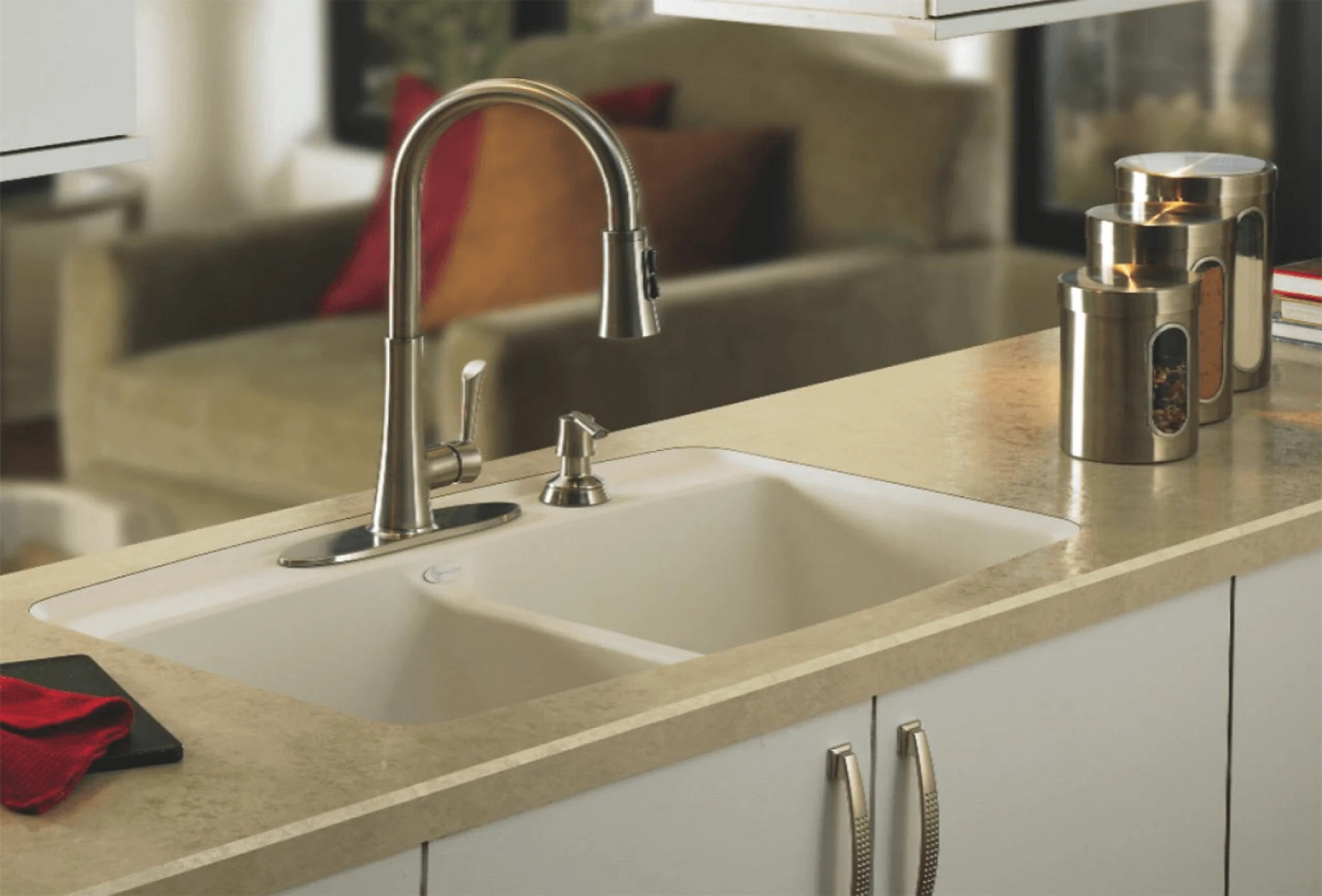
Thickness and Edges
A half-inch thick solid surface The edge can be shaped and routed in practically infinite ways.
Eco-Friendly Choices
Solid surface countertops with 15% recycled are now available. The surface, which is made from both recovered solid surfacing (pre-consumer) and Styrofoam cups and packaging (post-consumer), is something we can all be proud of.
Maintenance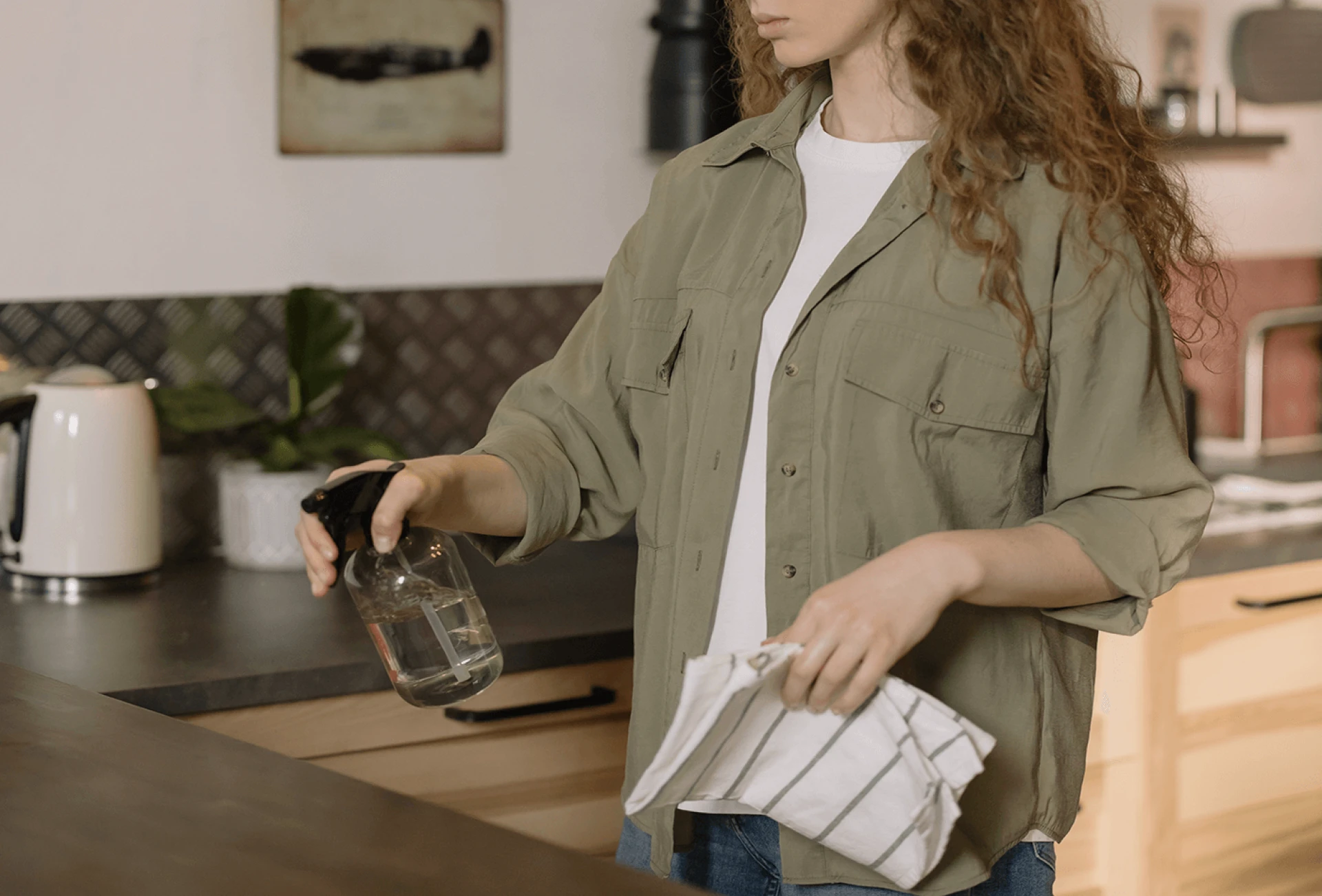
Every day, wipe down the surface with a gentle cloth and warm water. Mild home cleaners are appropriate.
Pros
Durable, Water and heat resistant, Stain resistant. Stains, mould, mildew, and germs are all prevented. It appears consistent. Minor flaws can be polished away. It is available in a variety of colours and patterns. No flooring is required. Installation was simple. There\'s no need to seal.
Cons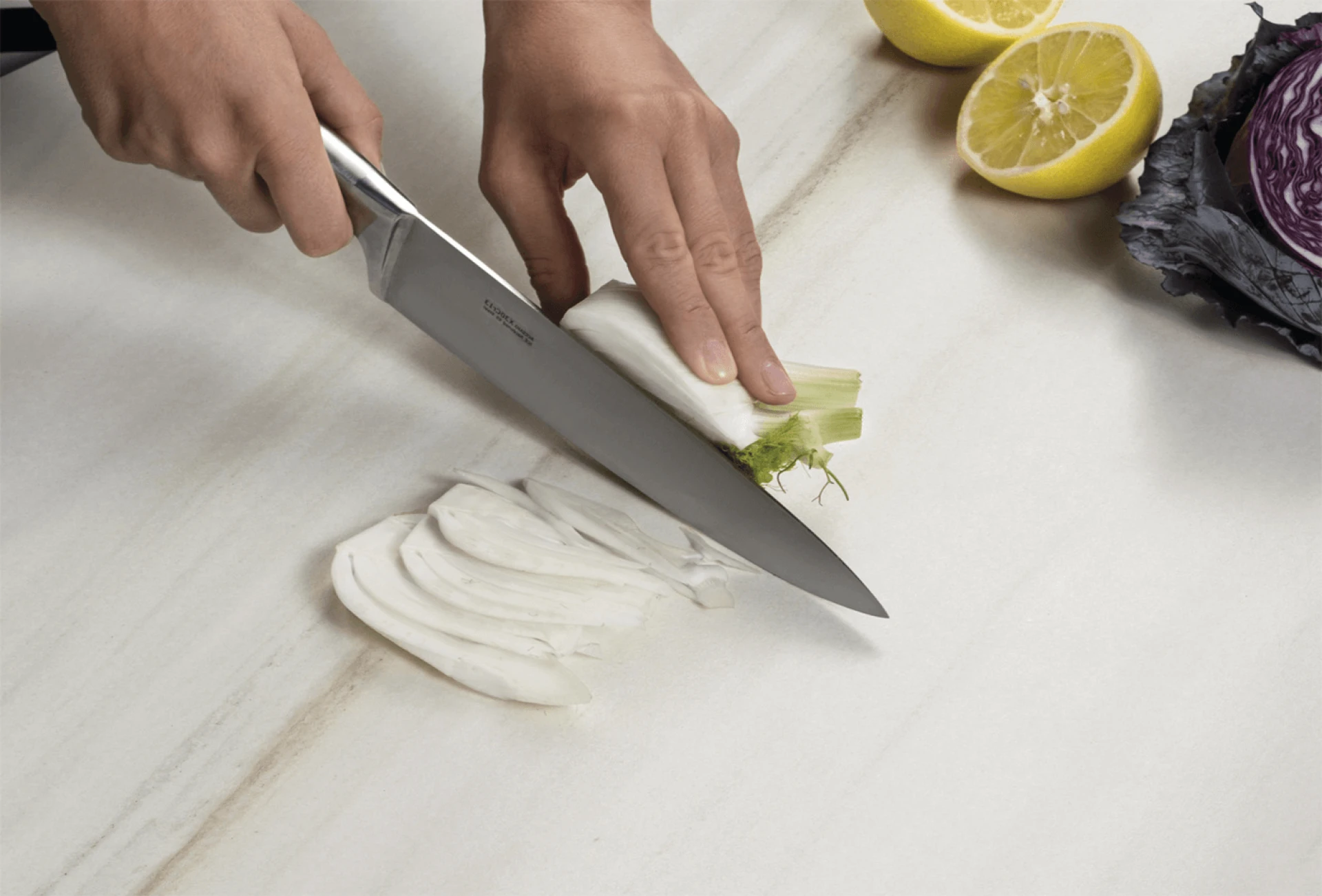
Sharp knives and hot pots might scratch the surface. There are fewer colour selections than with laminate. It can be costly.
The Bottom One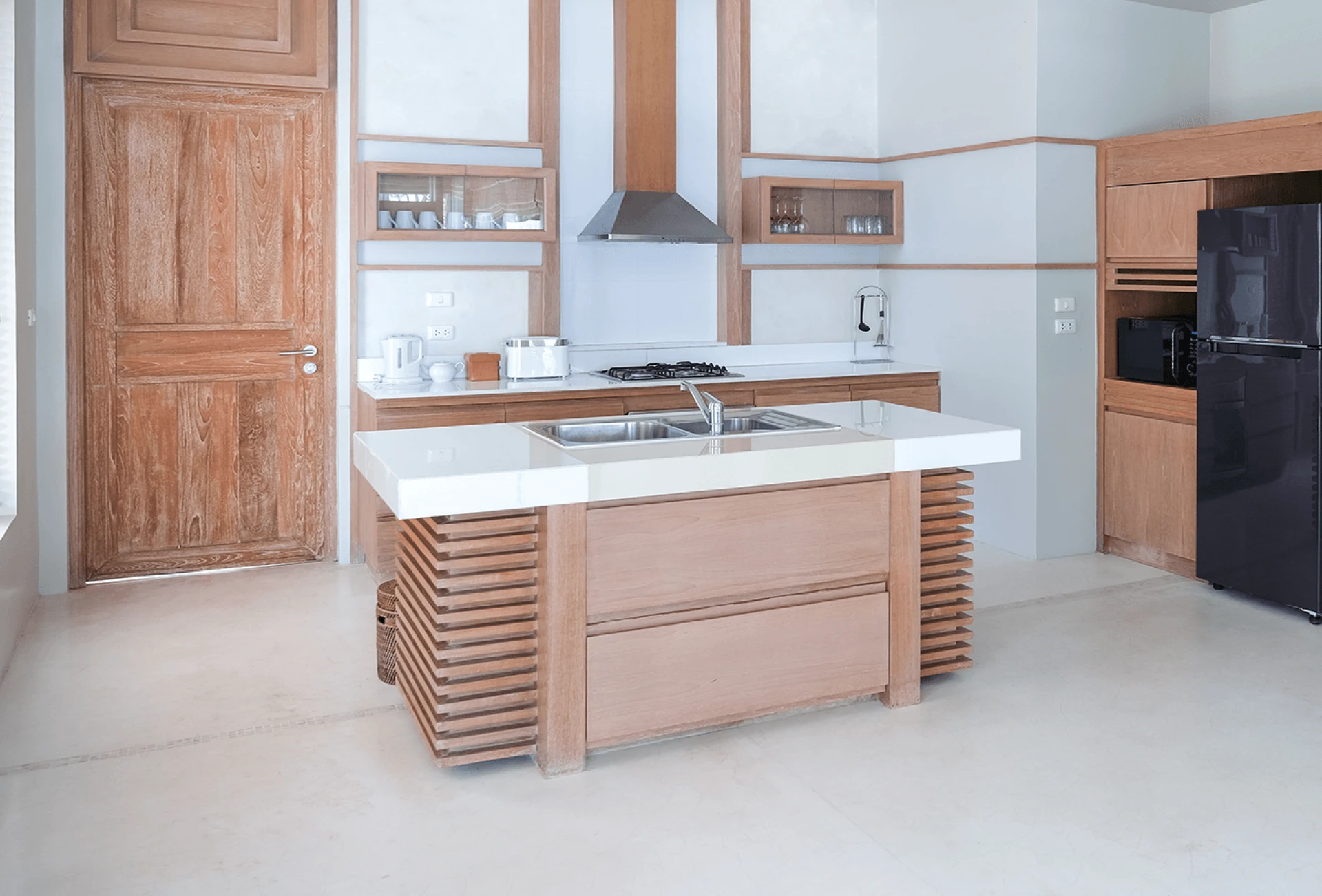
A solid surface, which costs somewhere between stone and laminate, adds good appearance and performance to any kitchen. It\'s perfect for any room, from baking areas to prep islands.
Why Are Solid Surface Counter a Good Choice?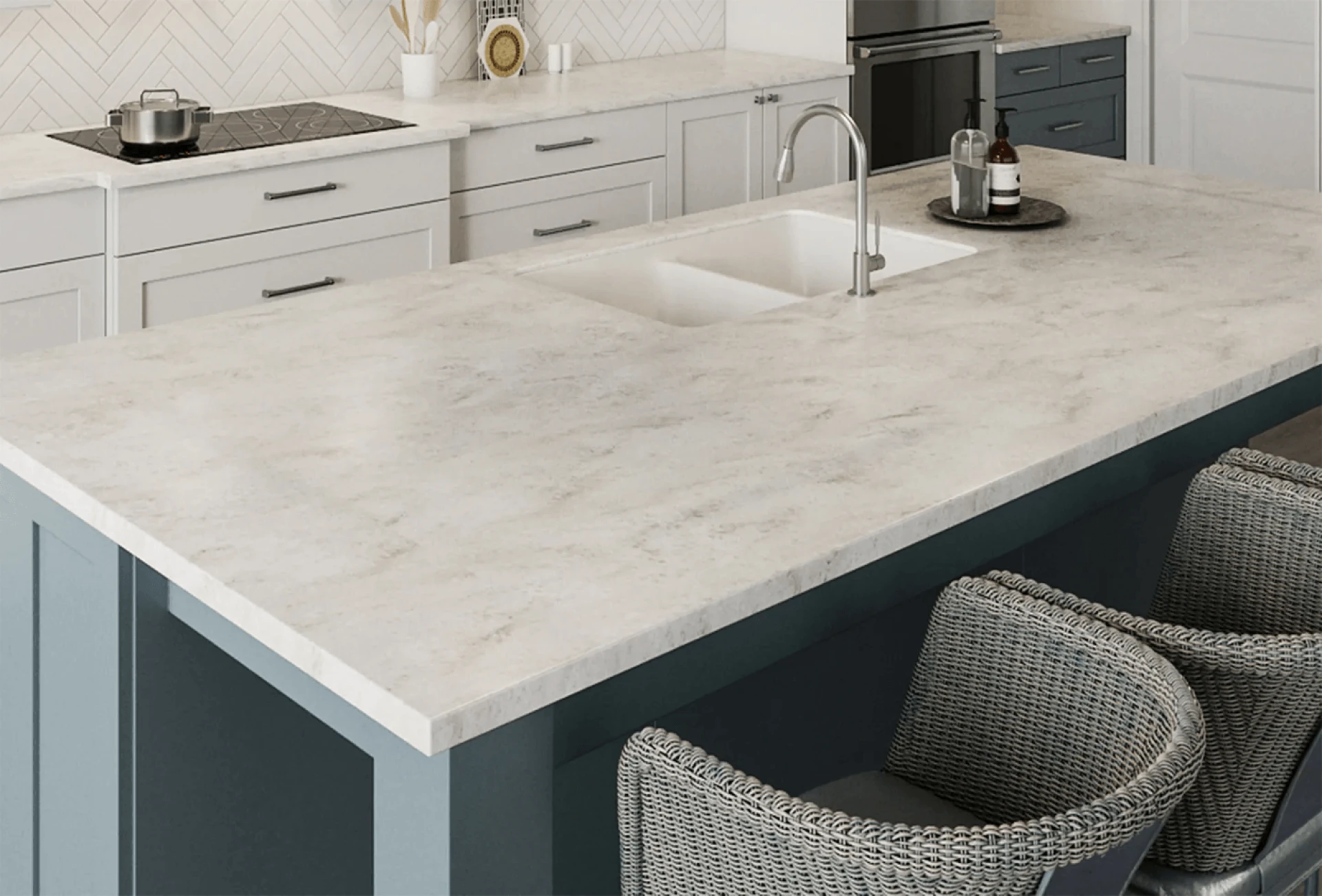
Balancing beauty and functionality, especially in the kitchen, may be hard. It\'s primarily a workshop, but it\'s also a gathering place for friends and family, with everything from appliances to fixtures on display.
Strong Construction
Because the term "solid surface" is not the most natural description for the ordinary customer, you might be unsure what it implies. It\'s essentially a long-lasting man-made material that comes in full-thickness slabs and was originally designed to seem like real stone, however, a wide range of colours and designs are now available. If you cut a slab at any point, the fresh edges can be buffed to a finish similar to the top surface.
Day-to-Day Accessibility
Everyday obstacles can permanently harm countertops. Liquids, heat, and harsh impacts cause chaos on surfaces, staining, etching, burning, bubbling, chipping, and cracking them depending on the material, but you may reduce the dangers by installing something more resistant to common kitchen stresses. Consider the continuous composition of a solid surface to discover why it outperforms its competitors; nonporous and sturdy by design, solid surface counters are impermeable and heat-resistant and can withstand a heavy pot.
Colour Customization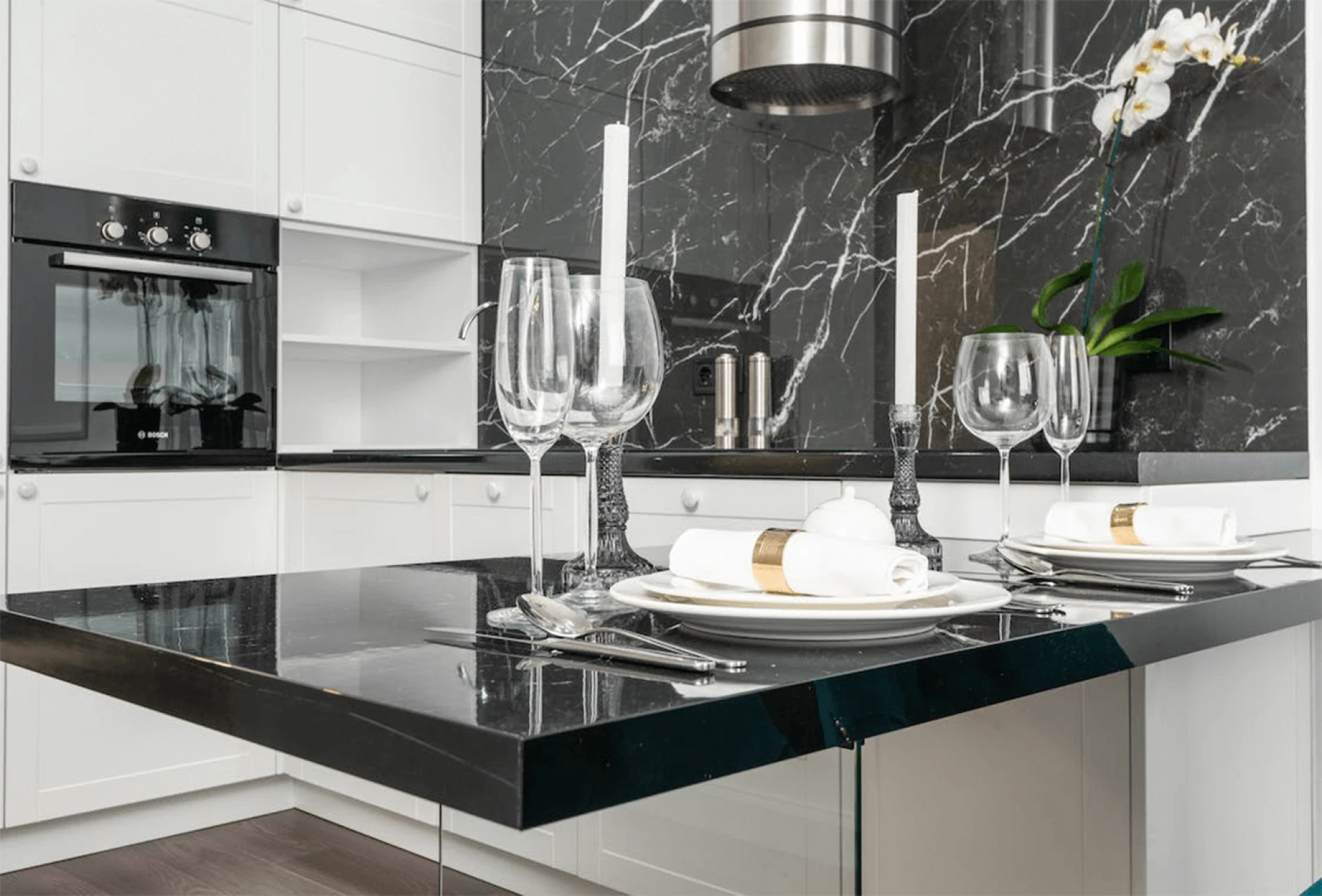
Natural stone slabs have a limited colour pallet, whereas artificial surfaces come in an almost infinite variety of colours and patterns. You can select from solids, marble or granite looks, as well as alternatives with realistic, random veining and flecking on a variety of base colours.
Solid Surface Pros & Cons:
Pros:
Nearly Non-Porous
While no surface is totally non-porous, tile, quartz, and solid surface get as close as any countertop material to being non-porous. The extremely low porosity of solid surfaces keeps germs at far, creating a cleaner and more sanitary countertop.
Homogeneous
Unlike laminate or ceramic tile, the material in solid surface runs all the way through from top to bottom. As a result, it looks better after impact than a multi-layered product such as laminate.
Simple to Repair
If you cut on a solid surface, it will scratch. However, using an orbital sander and fine grain sandpaper, even the homeowner can sand down scratches.
Cons:
Soft
Homeowners with solid surface countertops should use cutting boards with caution because the solid surface is relatively soft and can be scratched by knives and sharp utensils.
Heat Deformation
A solid surface can withstand the 212 F temperature of boiling water. However, some solid surfaces will deform at temperatures not much greater than that (250 F). This means that hot, dry pans (such as a frying pan, which is usually hotter than hot) and wet pans should not be placed on a solid surface counter.
DIY
While solid surface material is easier to work with than natural stone or quartz countertops, it is still difficult for most do-it-yourselfers to deal with.















